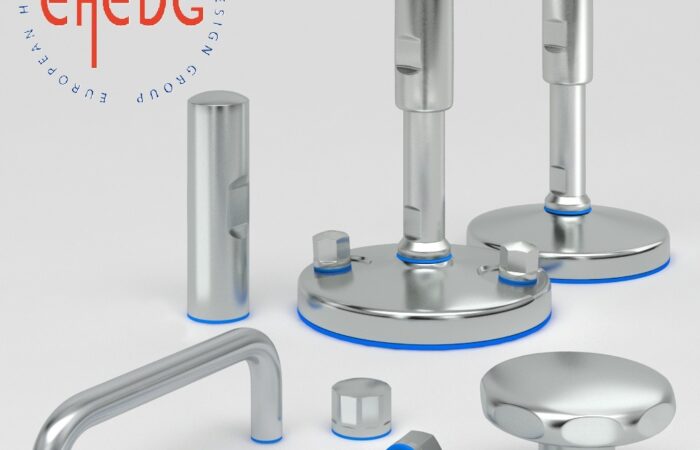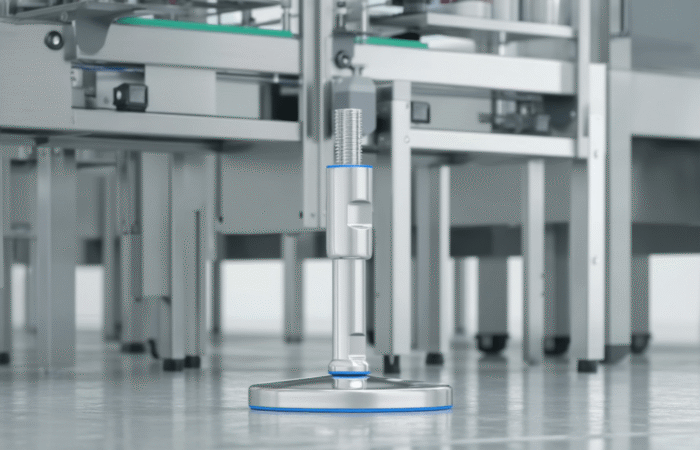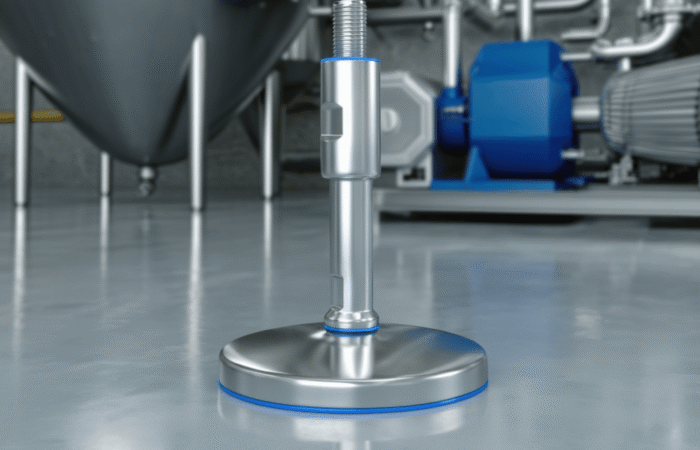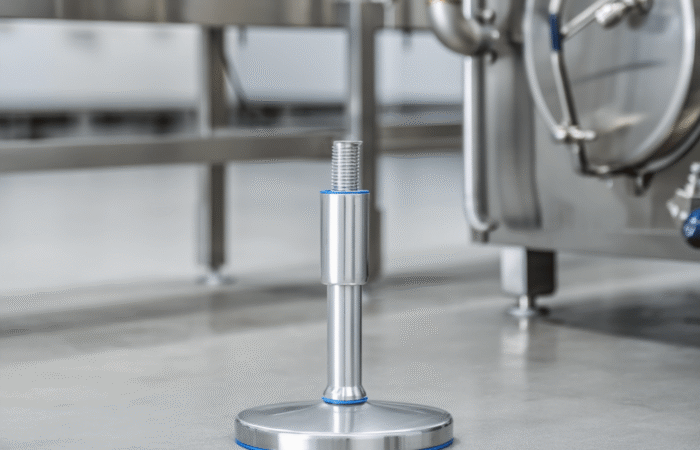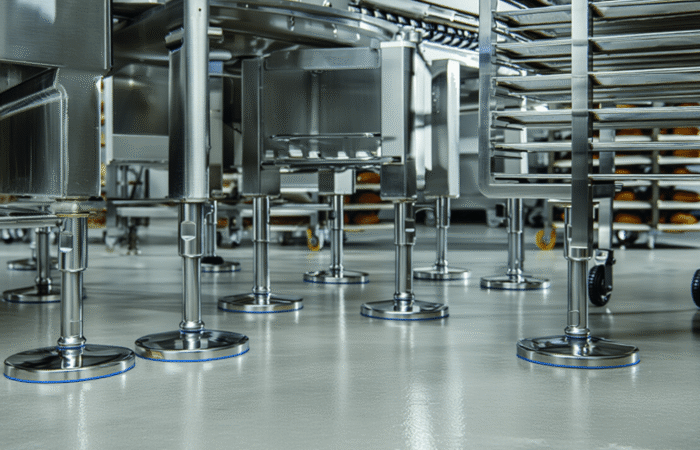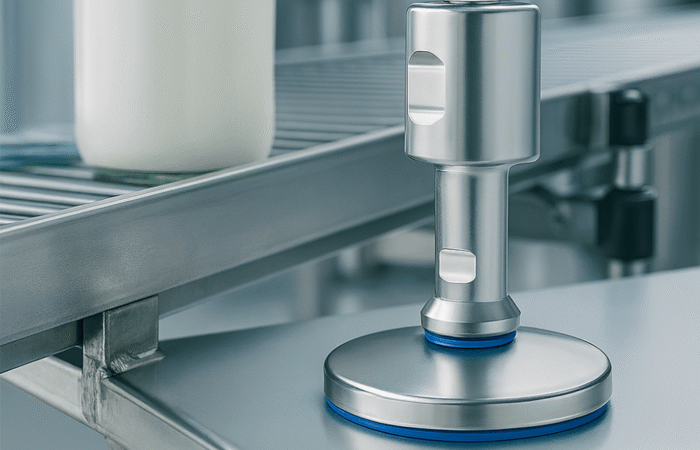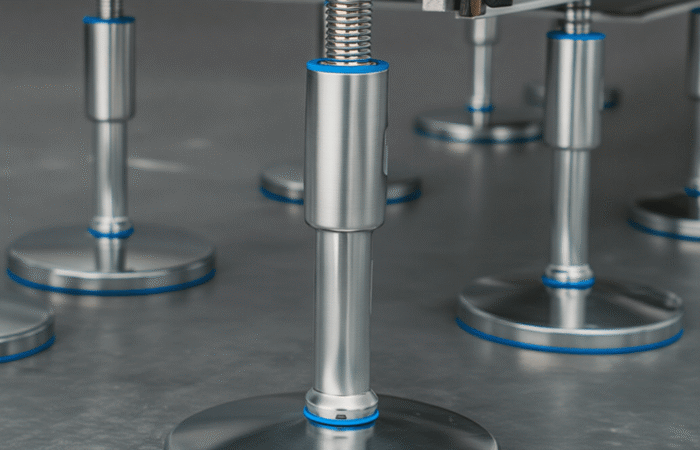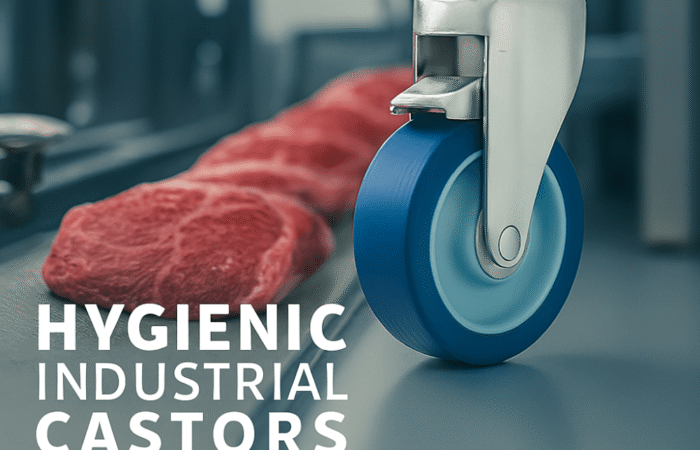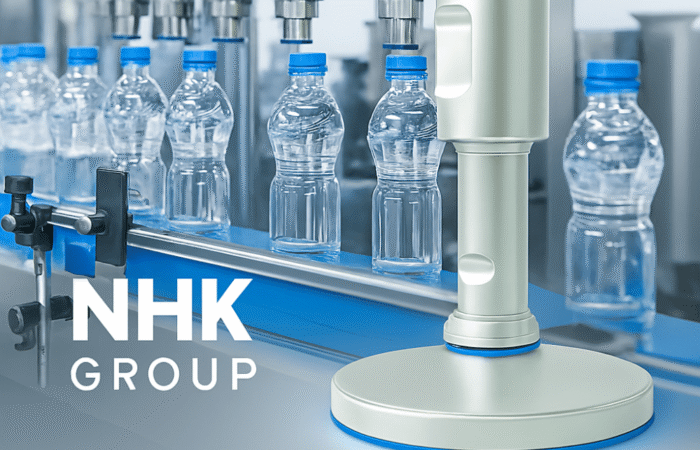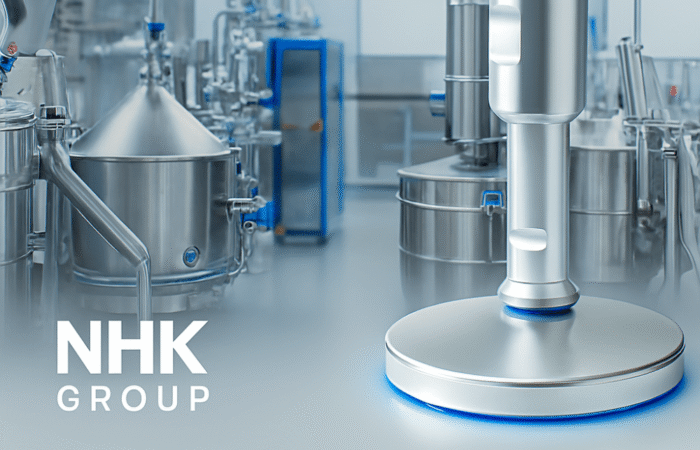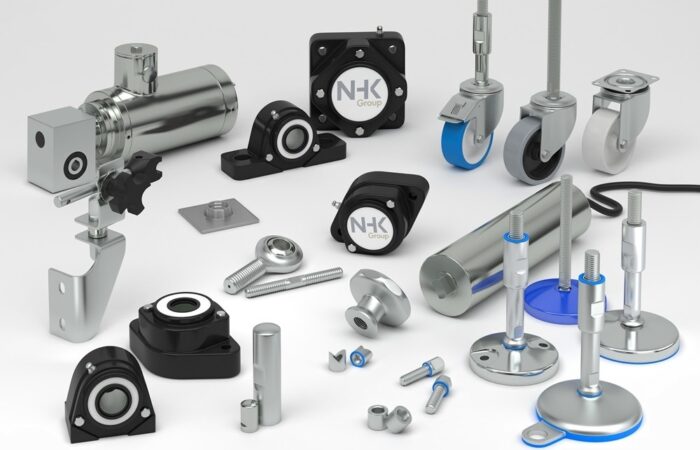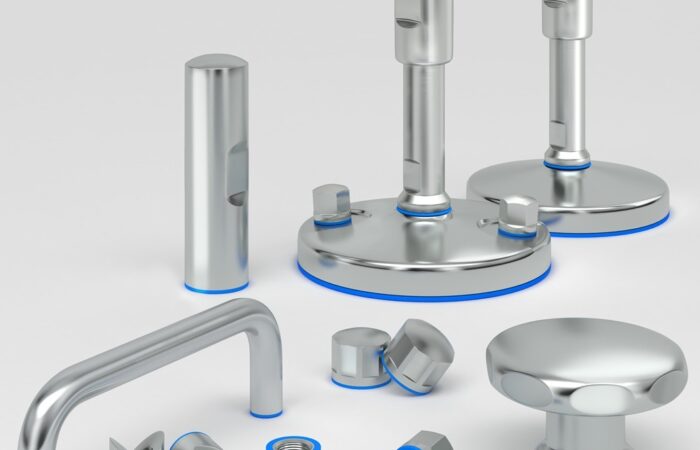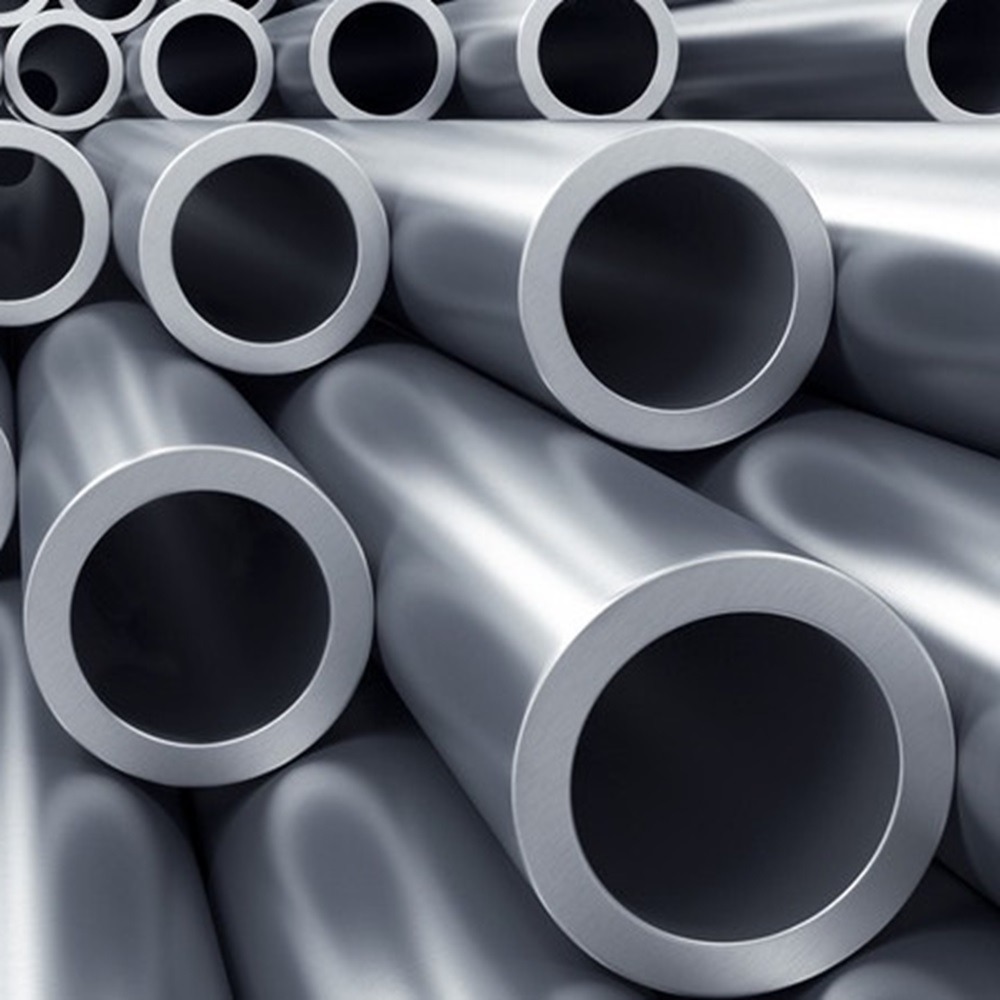
304 vs 316 Stainless Steel: Technical Comparison
Stainless steel remains a cornerstone material across industries due to its exceptional durability, corrosion resistance, and hygienic properties. Among the various grades, 304 and 316 stainless steel stand out for their versatility and reliability. Choosing the right grade for your application can significantly impact performance, cost, and longevity. This article explores the differences between stainless steel 304 and 316, focusing on their composition, applications, and advantages. The key difference between stainless steel 304 and 316 lies in their chemical composition. Here’s a breakdown: The presence of molybdenum in 316 makes it a superior choice for environments where high corrosion resistance is essential. This grade is widely used in industries that do not require extreme corrosion resistance, such as: Thanks to its enhanced corrosion resistance, 316 is the preferred choice for: Below is a side-by-side comparison to help you decide which stainless steel grade fits your needs: If budget constraints are a significant factor and the application is in a mild environment, stainless steel 304 is sufficient. However, if the environment involves exposure to corrosive elements such as seawater, chemicals, or high humidity, investing in 316 is more economical in the long run due to reduced maintenance and longer lifespan. For projects requiring durability under extreme conditions, 316 offers better performance due to its higher resistance to stress cracking and pitting. As industries evolve, the development of next-generation stainless steel grades aims to combine the affordability of 304 with the superior resistance of 316. Emerging technologies include hybrid alloys that offer enhanced performance while reducing environmental impact during production. Both stainless steel 304 and 316 are exceptional materials, but each serves specific purposes. While 304 is a cost-effective solution for standard applications, 316 is the go-to choice for demanding environments where corrosion resistance and durability are paramount. Before making your decision, consider the operating environment, maintenance needs, and budget constraints. If you’re still unsure, consult with a material expert to identify the most suitable option for your application. By understanding the unique properties of these stainless steel grades, you can ensure optimal performance and longevity for your equipment and projects.304 vs 316 Stainless Steel: Technical Comparison for Optimal Performance
Which is Best for Your Application?
Get our catalogue here
See our product line here
Understanding the Composition of Stainless Steel 304 and 316
Stainless Steel 304
Stainless Steel 316
Applications of Stainless Steel 304 and 316
Stainless Steel 304
Stainless Steel 316
Benefits of Stainless Steel 304 and 316
Stainless Steel 304 Benefits
Stainless Steel 316 Benefits
Comparison Chart – Stainless Steel 304 vs 316
Feature Stainless Steel 304 Stainless Steel 316 Chemical Composition 18% Cr, 8% Ni 16% Cr, 10% Ni, 2% Mo Corrosion Resistance Good Excellent Cost Affordable Higher Applications Food equipment, architecture Marine, chemical, pharmaceutical Strength High Higher Maintenance Requirements Moderate Low Temperature Resistance High Very High How to Choose Between Stainless Steel 304 and 316
Cost vs. Performance
Environmental Conditions
Longevity and Durability
Innovations in Next-Generation Stainless Steel
304 vs 316 Stainless Steel: Technical Comparison for Optimal Corrosion Resistance
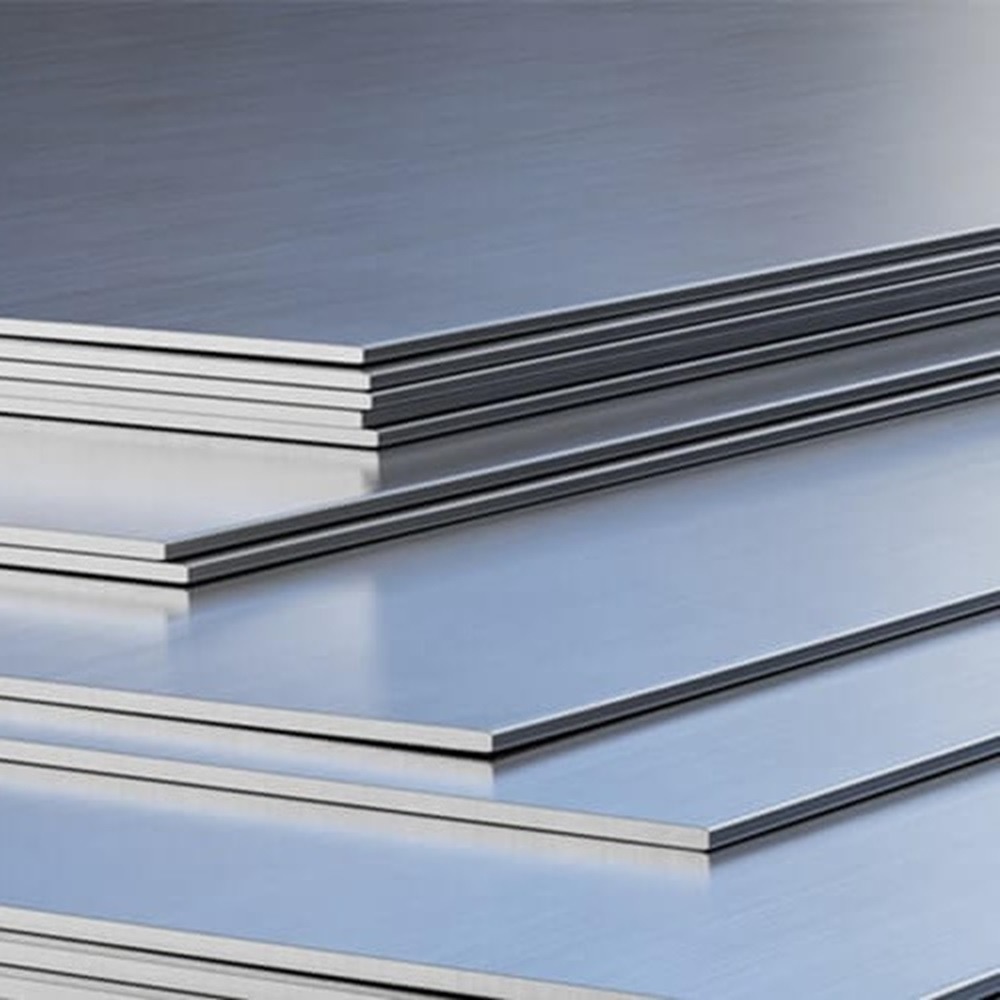
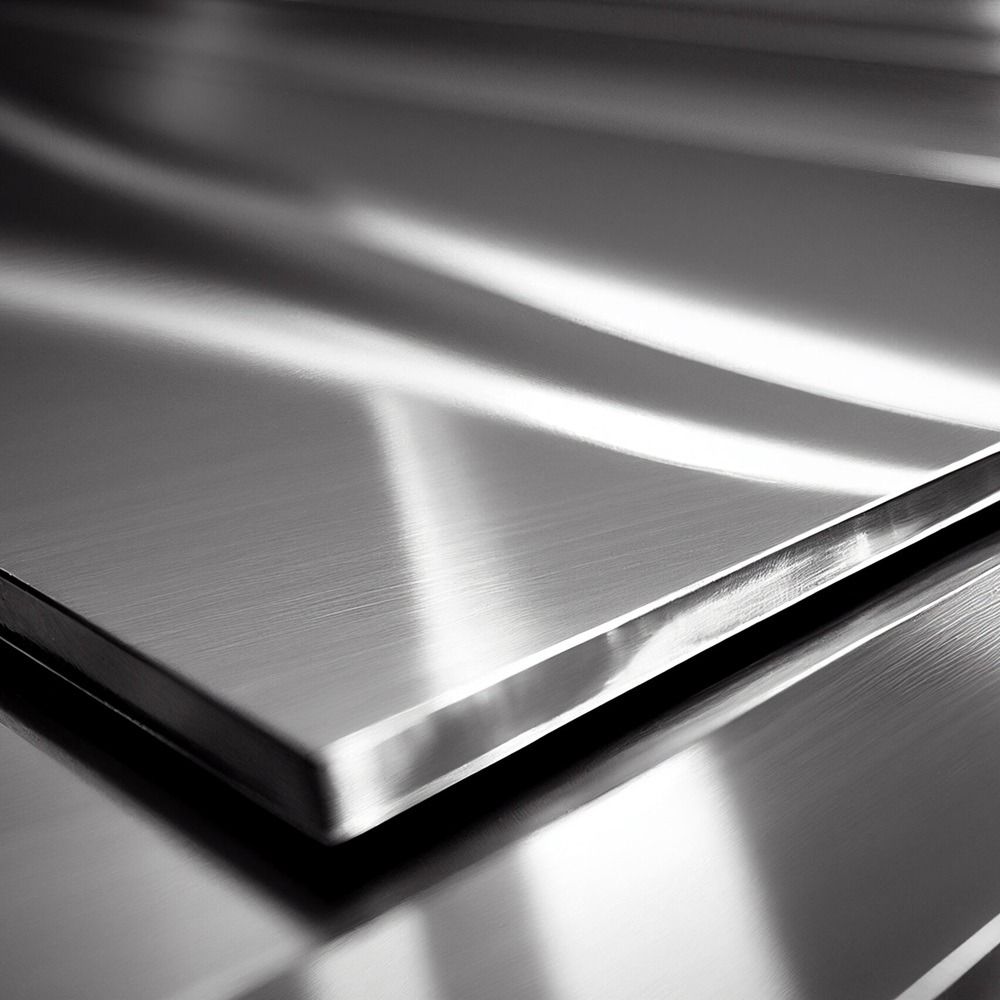
Contact
